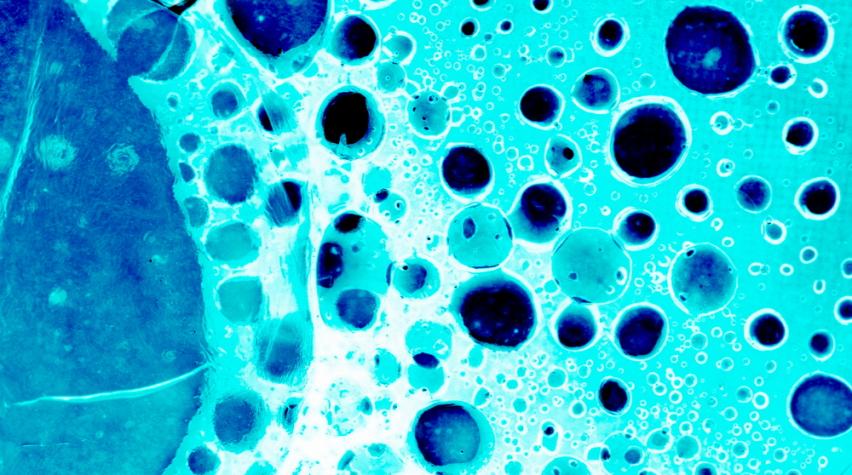
Multidrug resistance (MDR) is one of main reasons chemotherapy drugs fail. This mechanism is what causes a cell to reject therapeutic drugs at the cell level, rendering therapies far less effective. A team of scientists and engineers from China’s Southeast University, Shenzhen University, Guangxi Medical University, and Shanghai Jiao Tong University were joined by a team of chemical engineers from the University of Leeds in the UK to develop nanoparticles that fight MDR.
The nanoparticles deliver chemotherapy drugs to tumors while also inhibiting the MDR proteins that normally pump therapeutic drugs back out of the cell. Inhibiting this mechanism, and thus causing tumors to become highly sensitive to chemotherapy, is known as chemosensitization. The team has engineered two separate nanoparticles designed to promote chemosensitization using different strategies.
Round nanoparticle fights breast cancer
One of the team's creations a round nanoparticle of several layers that aims to disable MDR in breast cancer. The particle’s center carries the drug doxorubicin and is surrounded by a hydrophobic capsule to protect it. One of the outermost layers is a made up of hydrophilic PEG, which helps the particle move through the bloodstream. Another outer-layer component is biotin, which binds to cancer cells to help the nanoparticle enter the cell.
Once in the cell, the doxorubicin is released along with curcumin. This latter component blocks the MDR mechanism that would normally pump the cancer-fighting drug out of the cell.
Second nanoparticle activated by ultraviolet light
A second approach uses a different nanoparticle that also contains a core of doxorubicin with an outer hydrophilic surface. This particle, however, is activated with ultraviolet light when it reaches the cancer target, causing it to release nitric oxide to inhibit MDR.
To read more about these researchers’ work, see the news release and their articles in Scientific Reports (open access to full article) and in ACS Applied Materials & Interfaces.


